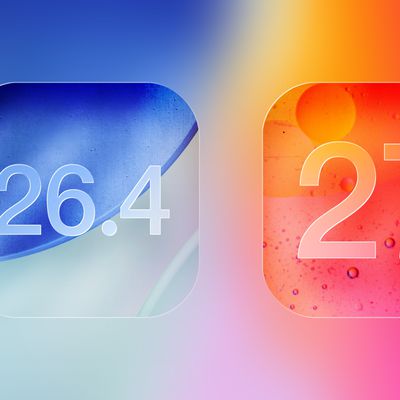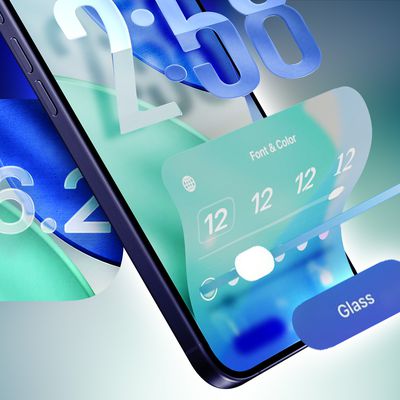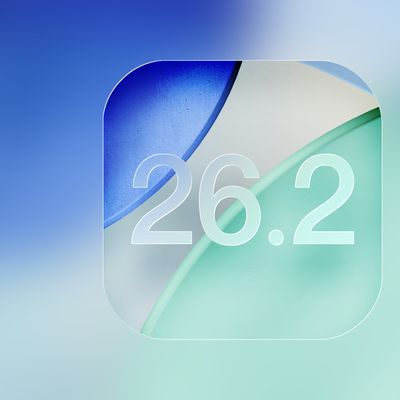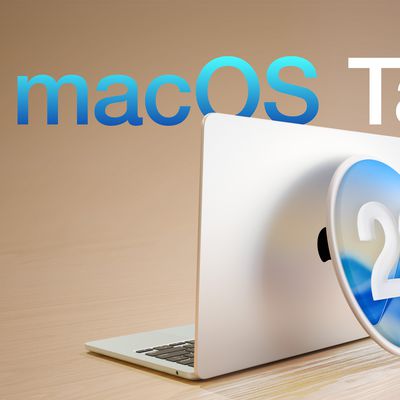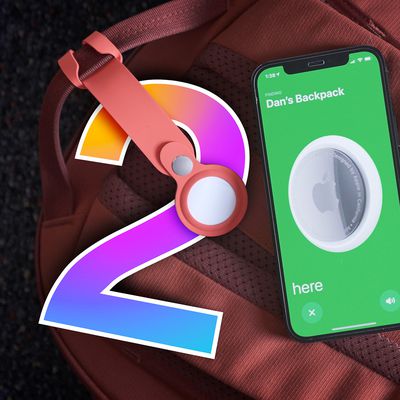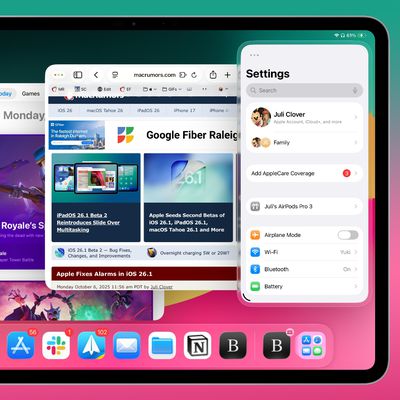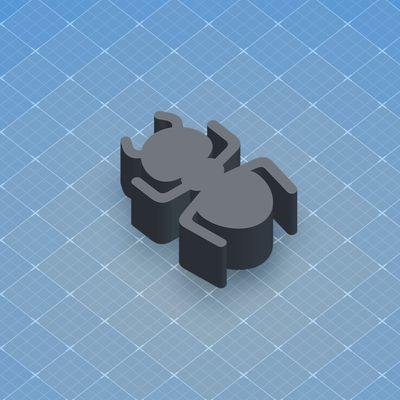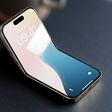Apple Used Google Tensor Chips to Develop Apple Intelligence
Apple used Tensor Processing Units (TPUs) developed by Google instead of Nvidia's widely-used graphics processing units (GPUs) to construct two critical components of Apple Intelligence.

The decision is detailed in a new research paper published by Apple that highlights its reliance on Google's cloud hardware (via CNBC). The paper reveals that Apple utilized 2,048 of Google's TPUv5p chips to build AI models and 8,192 TPUv4 processors for server AI models. The research paper does not mention Nvidia explicitly, but the absence of any reference to Nvidia's hardware in the description of Apple's AI infrastructure is telling and this omission suggests a deliberate choice to favor Google's technology.
The decision is noteworthy given Nvidia's dominance in the AI processor market and since Apple very rarely discloses its hardware choices for development purposes. Nvidia's GPUs are highly sought after for AI applications due to their performance and efficiency. Unlike Nvidia, which sells its chips and systems as standalone products, Google provides access to its TPUs through cloud services. Customers using Google's TPUs have to develop their software within Google's ecosystem, which offers integrated tools and services to streamline the development and deployment of AI models.
In the paper, Apple's engineers explain that the TPUs allowed them to train large, sophisticated AI models efficiently. They describe how Google's TPUs are organized into large clusters, enabling the processing power necessary for training Apple's AI models. Apple has announced plans to invest over $5 billion in AI server enhancements over the next two years, which should bolster its AI capabilities and reduce its dependence on external hardware providers.
In addition to detailing its use of Google's TPUs, the paper addresses ethical considerations in AI development. Apple emphasized its adherence to responsible data practices, claiming that no private user data was used in training its AI models. The company relied on a mix of publicly available, licensed, and open-sourced datasets for training purposes. Apple added that its training data set, which includes publicly available web data and licensed content, was curated to protect user privacy.
Popular Stories
Macworld's Filipe Espósito today revealed a handful of features that Apple is allegedly planning for iOS 26.4, iOS 27, and even iOS 28.
The report said the features are referenced within the code for a leaked internal build of iOS 26 that is not meant to be seen by the public. However, it appears that Espósito and/or his sources managed to gain access to it, providing us with a sneak peek...
Apple seeded the second iOS 26.2 Release Candidate to developers earlier this week, meaning the update will be released to the general public very soon.
Apple confirmed iOS 26.2 would be released in December, but it did not provide a specific date. We expect the update to be released by early next week.
iOS 26.2 includes a handful of new features and changes on the iPhone, such as a new...
Apple today released iOS 26.2, the second major update to the iOS 26 operating system that came out in September, iOS 26.2 comes a little over a month after iOS 26.1 launched. iOS 26.2 is compatible with the iPhone 11 series and later, as well as the second-generation iPhone SE.
The new software can be downloaded on eligible iPhones over-the-air by going to Settings >...
Apple today released new firmware designed for the AirPods Pro 3 and the prior-generation AirPods Pro 2. The AirPods Pro 3 firmware is 8B30, up from 8B25, while the AirPods Pro 2 firmware is 8B28, up from 8B21.
There's no word on what's include in the updated firmware, but the AirPods Pro 2 and AirPods Pro 3 are getting expanded support for Live Translation in the European Union in iOS...
Apple today released macOS Tahoe 26.2, the second major update to the macOS Tahoe operating system that came out in September. macOS Tahoe 26.2 comes five weeks after Apple released macOS Tahoe 26.1.
Mac users can download the macOS Tahoe update by using the Software Update section of System Settings.
macOS Tahoe 26.2 includes Edge Light, a feature that illuminates your face with soft...
The AirTag 2 will include a handful of new features that will improve tracking capabilities, according to a new report from Macworld. The site says that it was able to access an internal build of iOS 26, which includes references to multiple unreleased products.
Here's what's supposedly coming:
An improved pairing process, though no details were provided. AirTag pairing is already...
Apple today released iPadOS 26.2, the second major update to the iPadOS 26 operating system released in September. iPadOS 26.2 comes a month after iPadOS 26.1.
The new software can be downloaded on eligible iPads over-the-air by going to Settings > General > Software Update.
iPadOS 26.2 continues with the multitasking improvements that were added with iPadOS 26.1. You can now drag and...
Apple today released iOS 26.2, iPadOS 26.2, and macOS 26.2, all of which introduce new features, bug fixes, and security improvements. Apple says that the updates address over 20 vulnerabilities, including two bugs that are known to have been actively exploited.
There are a pair of WebKit vulnerabilities that could allow maliciously crafted web content to execute code or cause memory...



